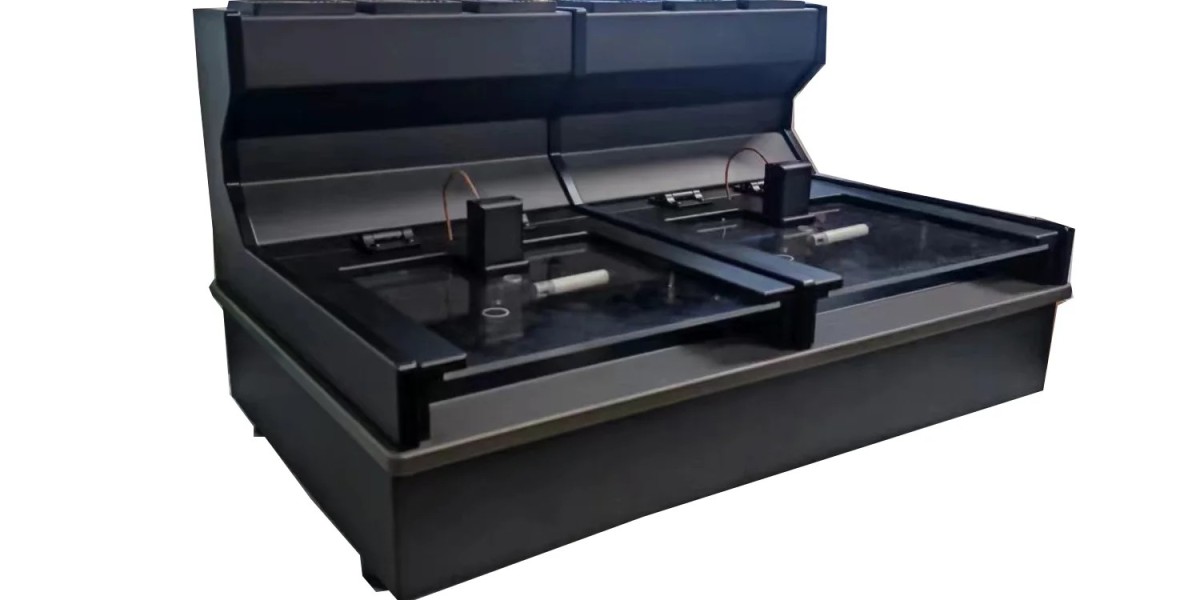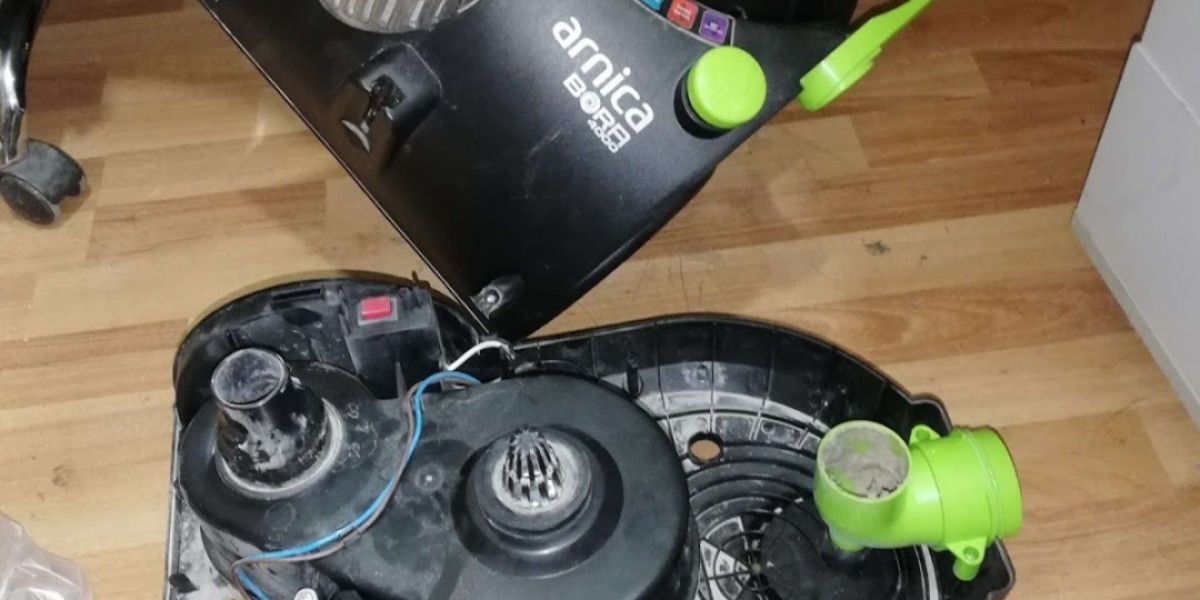Substance abuse affects millions of individuals and families every year, disrupting lives and communities across the country. Fortunately, many people find a path to healing through professionally designed substance abuse treatment programs and dedicated inpatient rehab facilities. These structured programs offer a lifeline for those struggling with addiction, providing support, therapy, and medical care tailored to individual needs.
In this article, we’ll take a closer look at how substance abuse treatment programs work, the role of inpatient rehab facilities, and what to expect when entering a residential recovery center. Whether you're seeking help for yourself or a loved one, this guide will provide the information needed to take the first steps toward lasting sobriety.
Understanding Substance Abuse Treatment Programs
Substance abuse treatment programs are structured plans that provide therapeutic interventions and support for individuals struggling with drug or alcohol addiction. These programs vary in intensity, duration, and approach, depending on the severity of the addiction and the needs of the individual.
Types of Treatment Programs
- Outpatient Programs
Outpatient treatment allows individuals to receive therapy and counseling while living at home. These programs are suitable for people with mild addiction issues, strong family support, and stable living conditions. Patients typically attend multiple sessions per week that may include group therapy, individual counseling, and medication management. - Intensive Outpatient Programs (IOPs)
IOPs are more structured than traditional outpatient programs, offering several hours of treatment per day, multiple days per week. They are ideal for individuals who require more support than basic outpatient services but do not need 24/7 supervision. - Partial Hospitalization Programs (PHPs)
These programs offer a higher level of care than IOPs and include daily therapy and medical monitoring while still allowing patients to return home at night. PHPs serve as a middle ground between outpatient and inpatient care. - Inpatient or Residential Treatment
Inpatient rehab facilities provide the highest level of care and are recommended for individuals with severe or long-term addiction, co-occurring mental health disorders, or unstable home environments.
The Role of Inpatient Rehab Facilities
Inpatient rehab facilities are live-in treatment centers that offer 24-hour medical and emotional support. Patients stay at the facility full-time for the duration of their treatment, which may range from 30 to 90 days or longer depending on their recovery needs.
Key Features of Inpatient Rehab
- Structured Environment
Inpatient rehab provides a safe and structured environment, away from triggers and temptations. This controlled setting helps individuals focus entirely on their recovery. - Medical Detox Services
Many inpatient rehab programs begin with a medically supervised detox process to safely remove substances from the body. Detox can involve withdrawal symptoms, which is why medical monitoring is essential. - Individual and Group Therapy
Therapy is at the heart of inpatient treatment. Licensed counselors help patients uncover the root causes of addiction, develop coping mechanisms, and set goals for the future. Group therapy sessions allow participants to share experiences and support one another in recovery. - Dual Diagnosis Treatment
Many individuals with substance use disorders also struggle with mental health conditions like depression, anxiety, or PTSD. Inpatient rehab facilities often provide dual diagnosis treatment to address both issues simultaneously. - Life Skills and Aftercare Planning
Rehab isn’t just about stopping substance use—it’s about building a new life. Patients learn life skills, vocational training, and relapse prevention strategies. Before discharge, counselors help create a personalized aftercare plan that may include outpatient therapy, support groups, or sober living housing.
Benefits of Inpatient Rehab Facilities
- 24/7 Support and Supervision
Continuous care ensures safety during detox and provides immediate assistance during emotional crises or triggers. - Reduced Risk of Relapse
By removing access to drugs and alcohol and focusing on recovery full-time, patients have a better chance of achieving lasting sobriety. - Peer Support
Living alongside others in recovery fosters a sense of community and accountability, reducing feelings of isolation. - Comprehensive Care
Inpatient rehab offers a holistic approach to treatment, addressing physical, emotional, and psychological well-being. - Family Involvement
Many inpatient programs include family counseling to repair relationships, educate loved ones, and build a supportive home environment for the individual after treatment.
Choosing the Right Treatment Program
Selecting the right treatment program is a crucial step toward recovery. Here are some factors to consider:
- Severity of Addiction: Severe or long-term addiction often requires the intensive support of inpatient rehab.
- Co-occurring Disorders: Individuals with mental health conditions benefit from integrated dual-diagnosis treatment.
- Support System: Those with little to no support at home may thrive better in residential treatment.
- Previous Attempts at Recovery: If outpatient or IOP programs have failed in the past, inpatient care might be the next logical step.
How to Find a Reputable Inpatient Rehab Facility
When searching for an inpatient rehab facility, look for these key features:
- Licensing and Accreditation
Ensure the facility is licensed and accredited by state or national organizations, such as The Joint Commission. - Qualified Staff
The facility should have a team of licensed professionals, including therapists, doctors, nurses, and addiction counselors. - Personalized Treatment Plans
One-size-fits-all approaches don’t work. Effective programs tailor their services to each individual’s needs. - Aftercare Services
Recovery doesn’t end when rehab does. The facility should offer or coordinate aftercare resources and support groups.
Final Thoughts
Addiction is a complex disease, but recovery is possible with the right support and treatment. Substance abuse treatment programs—especially those provided by trusted inpatient rehab facilities—offer the structure, tools, and care necessary to break the cycle of addiction.
If you or a loved one is struggling, don’t wait to seek help. Reach out to a qualified treatment provider and explore your options. With dedication, support, and a comprehensive treatment plan, a healthier, sober future is within reach.







